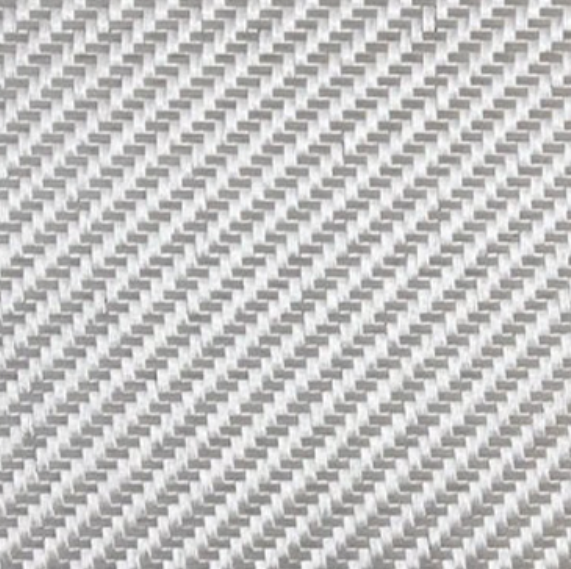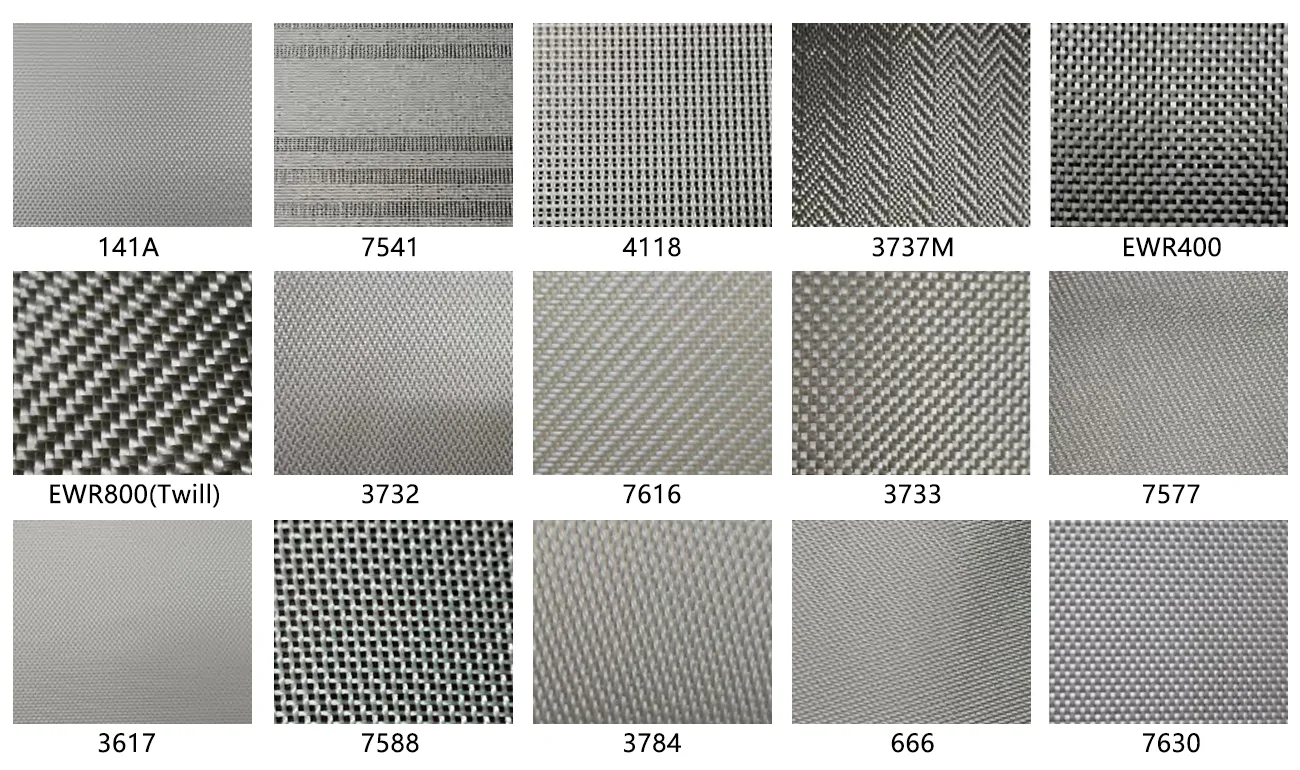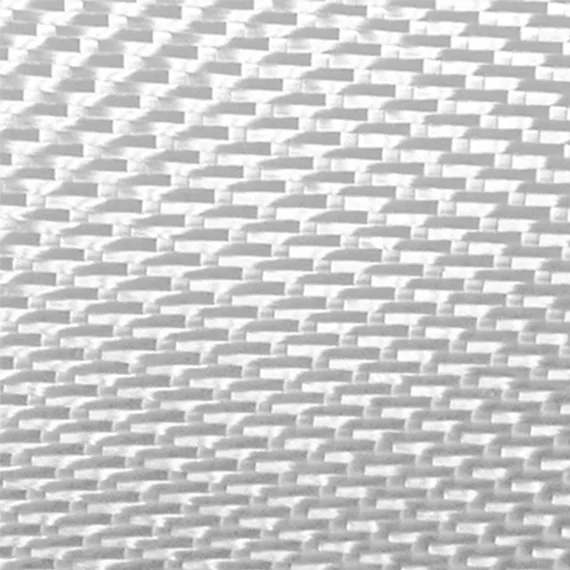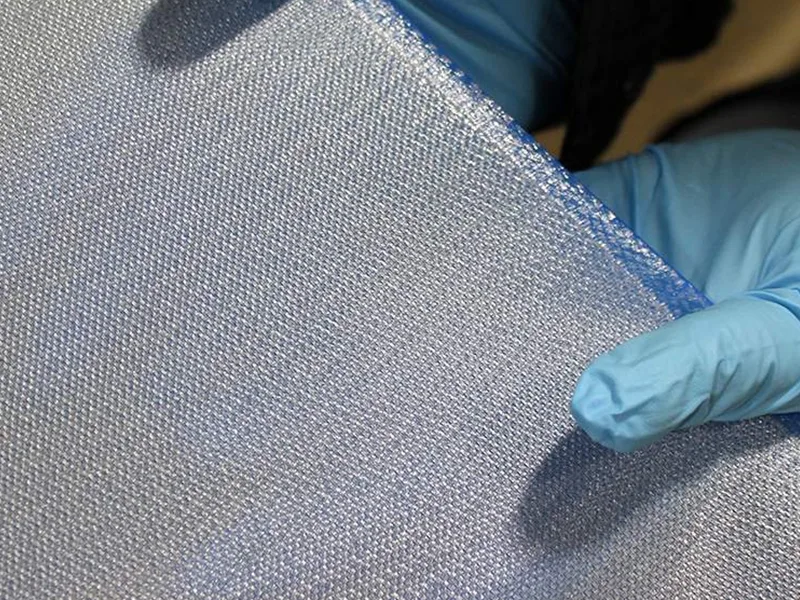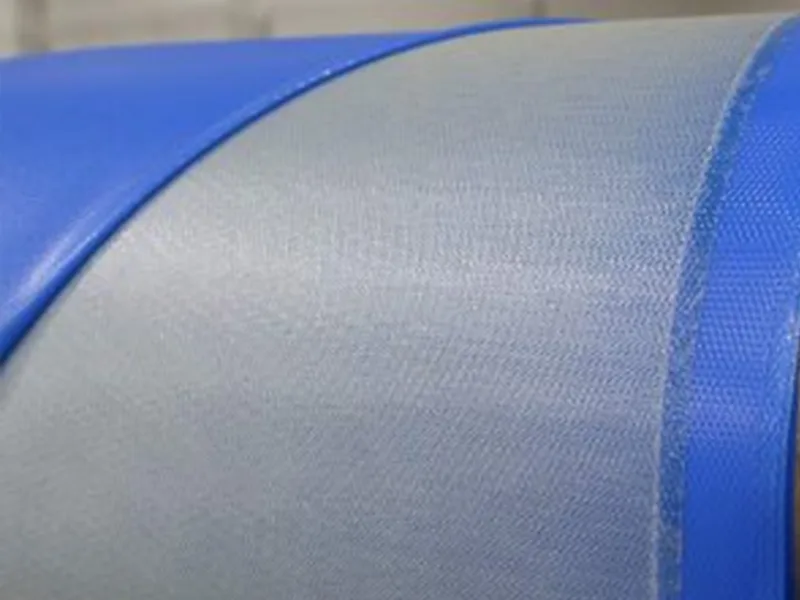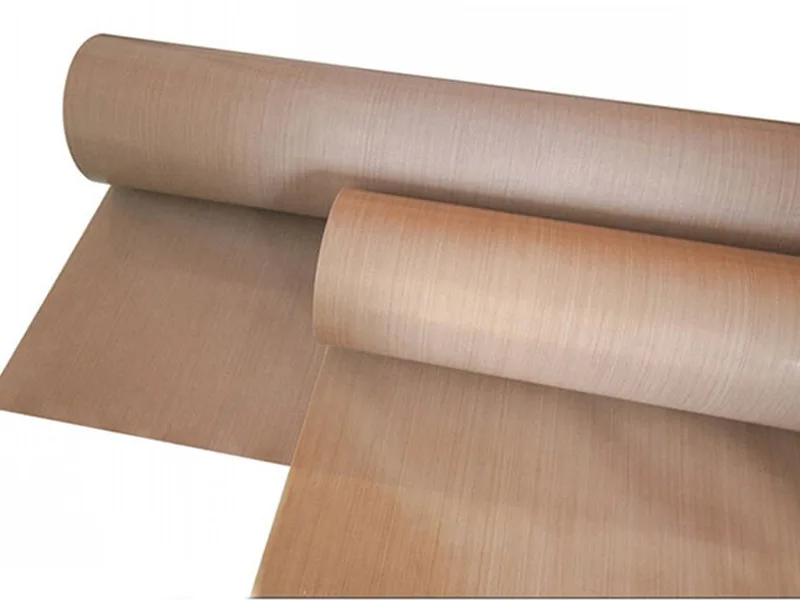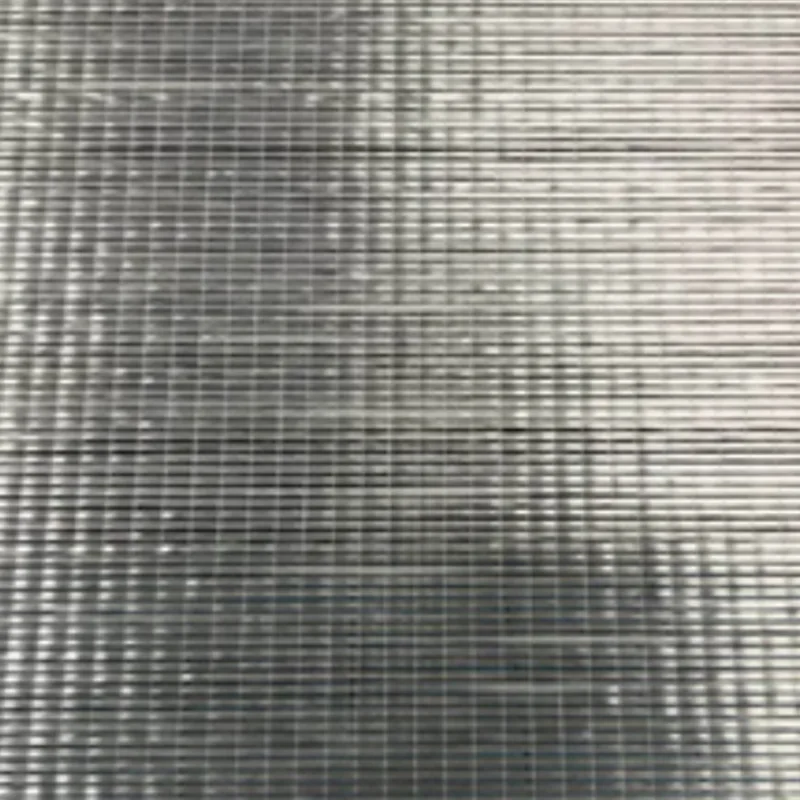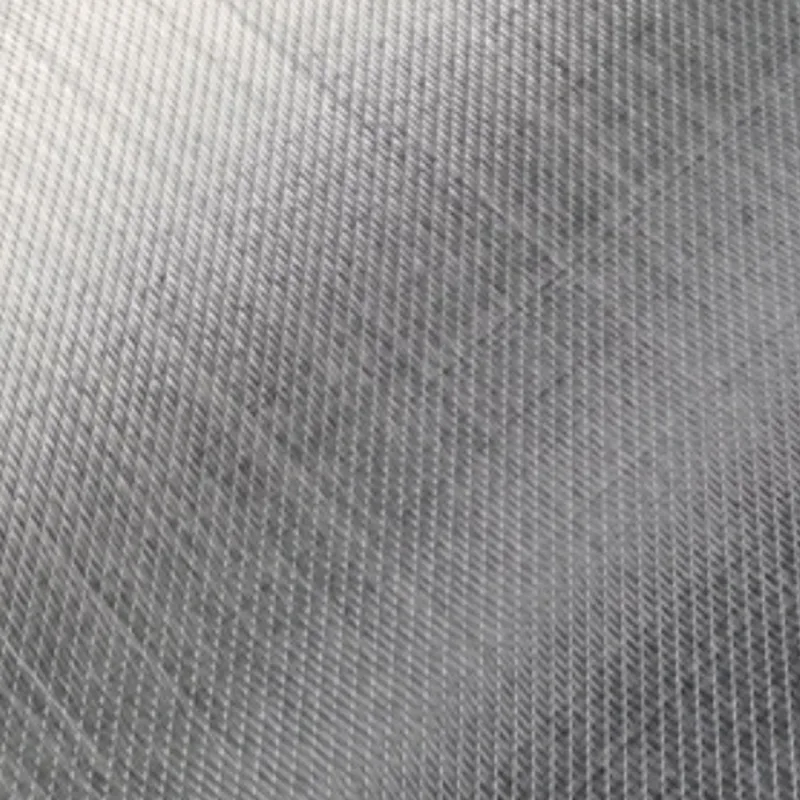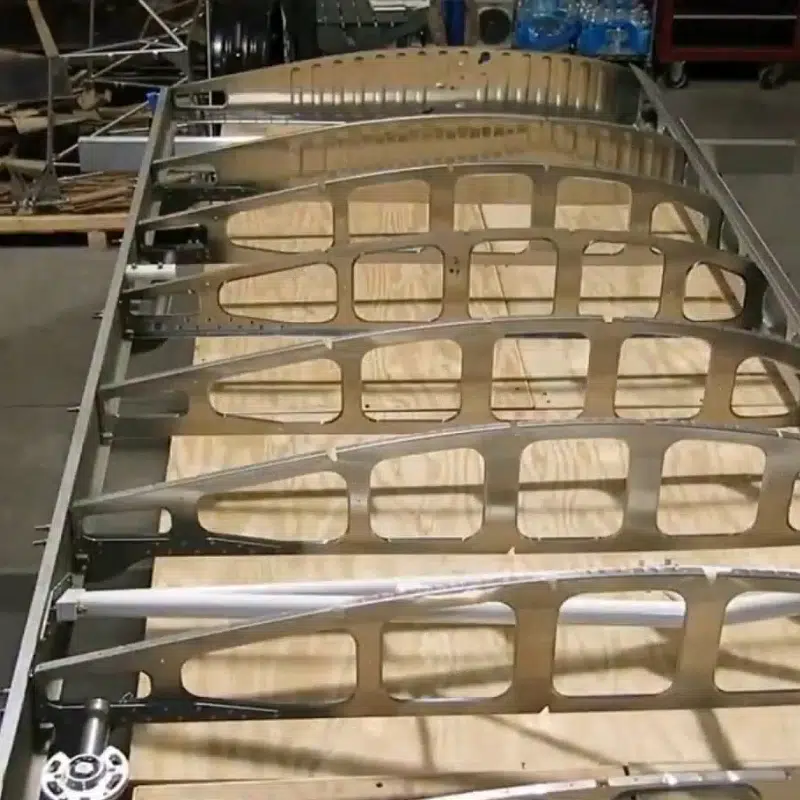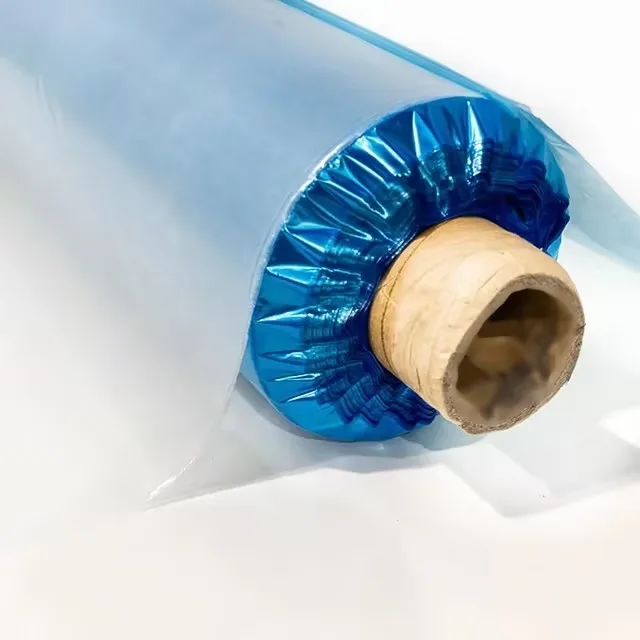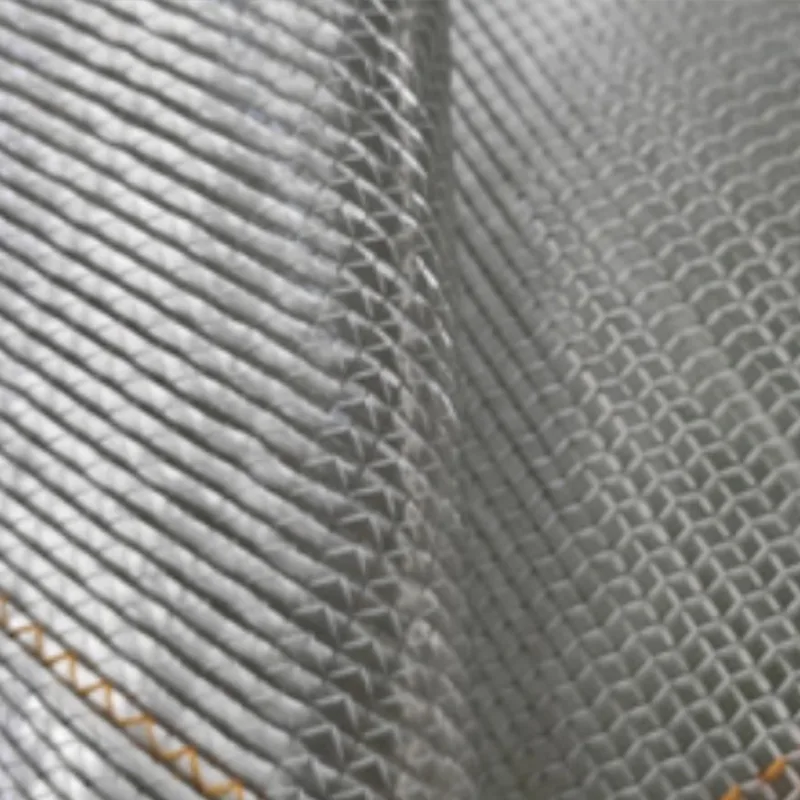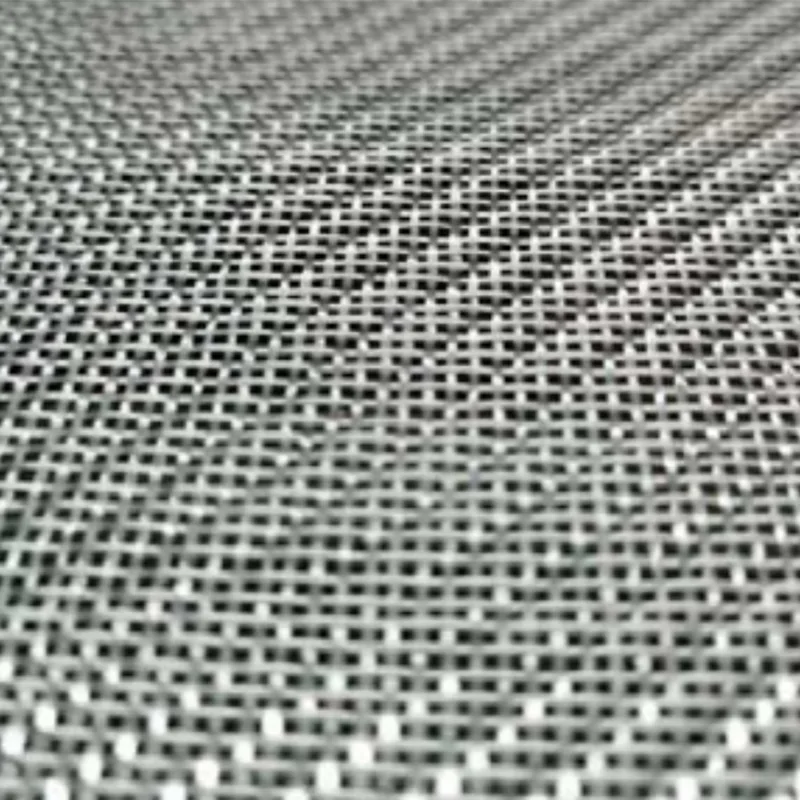Fiberglass fabric is a reliable, cost-effective, and versatile material widely used for insulation, reinforcement, and more. Whether you’re tackling DIY repairs, installing fiberglass rolls for building insulation, or sourcing fiberglass insulation fabric for industrial use, it delivers excellent performance across applications. As a fiberglass fabric manufacturer with 16 years of experience, we are here to help you find the right fiberglass solution for your project. If you’re wondering where can I buy fiberglass cloth, feel free to contact us via WhatsApp at 0086-13775339109, WeChat 13775339100, or email us at fiberglassmesh@hotmail.com—we’re ready to assist you!
- +86-13775339109
- Jessica@nq-fiberglass.cn
- No 61 Fangxian, Danyang, Jiangsu



